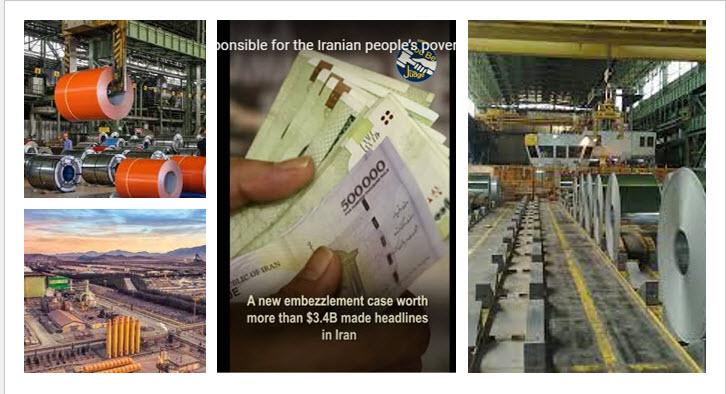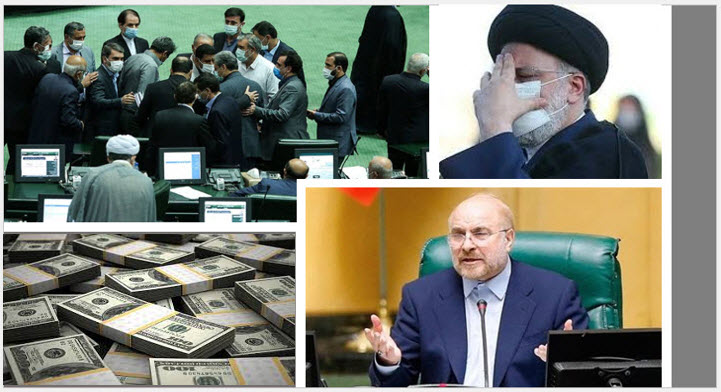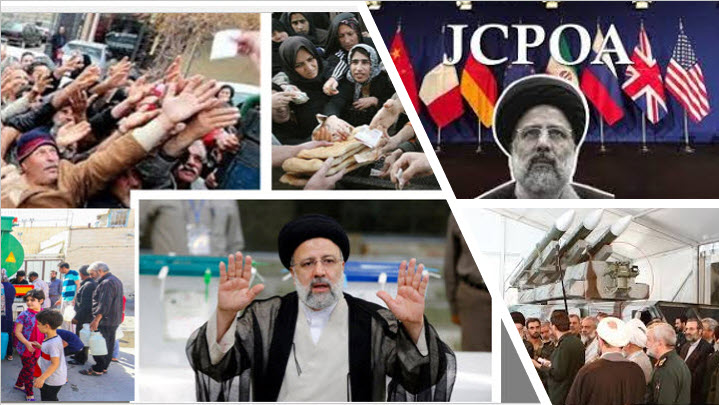
The government intends to identify unused or low-productivity assets and sell them to the private sector in order to increase their productivity. However, the decision has raised much skepticism among the public, as the people will not benefit from the sale of these assets, which include property owned by the government, big and small institutions, universities, state-owned companies, and state-owned banks.
All members of the committee enjoy judicial immunity, according to the state-run Farhikhtegan daily, which has led to further concerns regarding the transparency and accountability of the process.

The looting of the nation by the government has a long history in Iran. Rafsanjani’s government rang the bell for the so-called “privatization project” in 1992. In the 2000s, Khamenei implemented a plan to expropriate state property by ordering the privatization of state-owned companies, which was later dubbed “government privatization,” and allowed the Revolutionary Guards (IRGC) to profit greatly from it. One example of this was the handover of the telecommunications company to the IRGC, with significant shares also given to the Execution of Imam Khomeini’s Order (EIKO). This pattern is still going on today.
Critics have also raised questions about the process of identifying the assets, pricing them, and selling them, as well as the future of the workers and employees affected by the sale. The plan has been met with opposition from both the public and members of parliament.

The implementation of the Productivity Plan has the potential to have a devastating impact on the already struggling economy of Iran, with billions of dollars in assets at stake and most of its citizens living below the poverty line.

MEK Iran (follow us on Twitter and Facebook), Maryam Rajavi’s on her site, Twitter & Facebook, NCRI (Twitter & Facebook), and People’s Mojahedin Organization of Iran – MEK IRAN – YouTub







